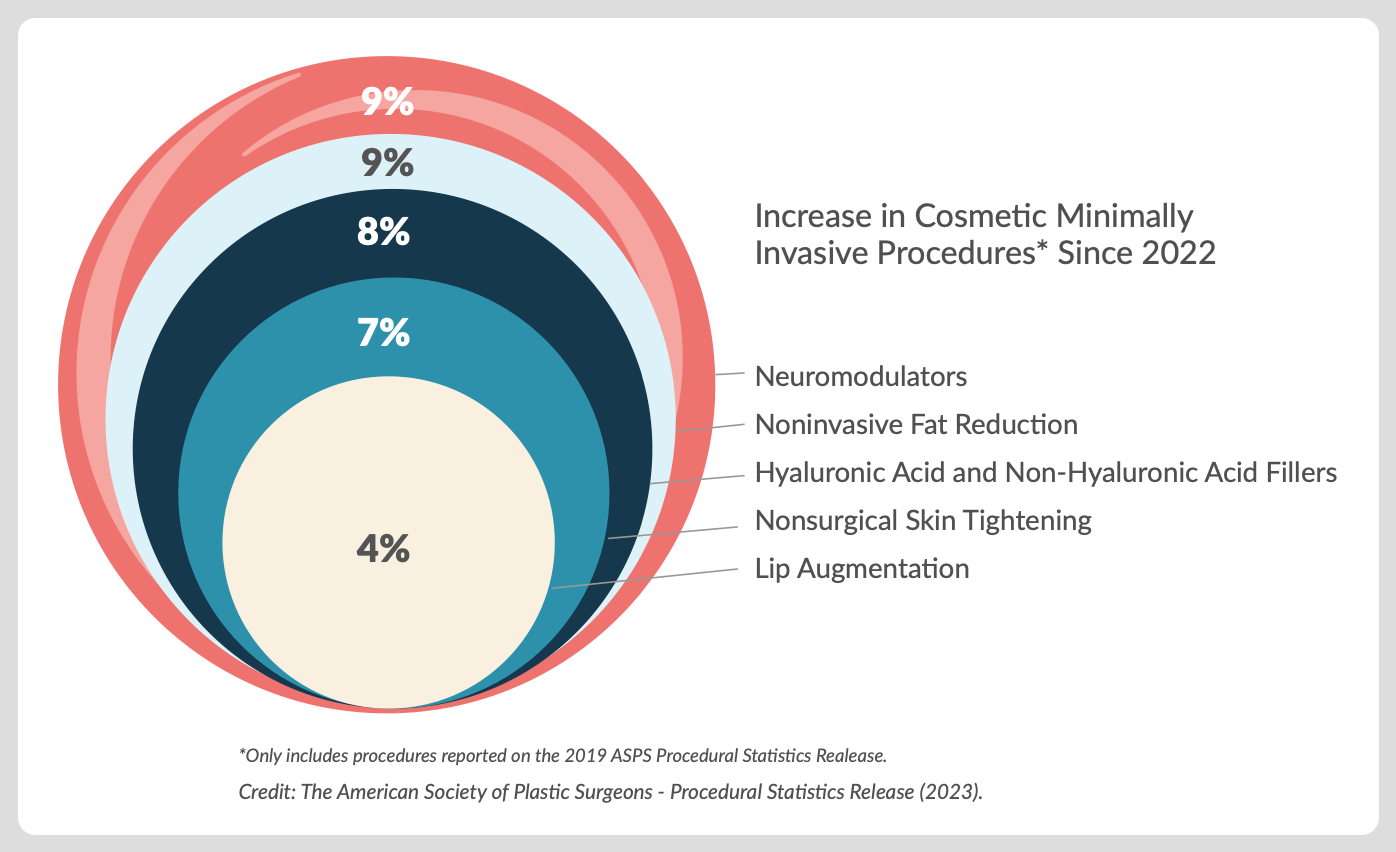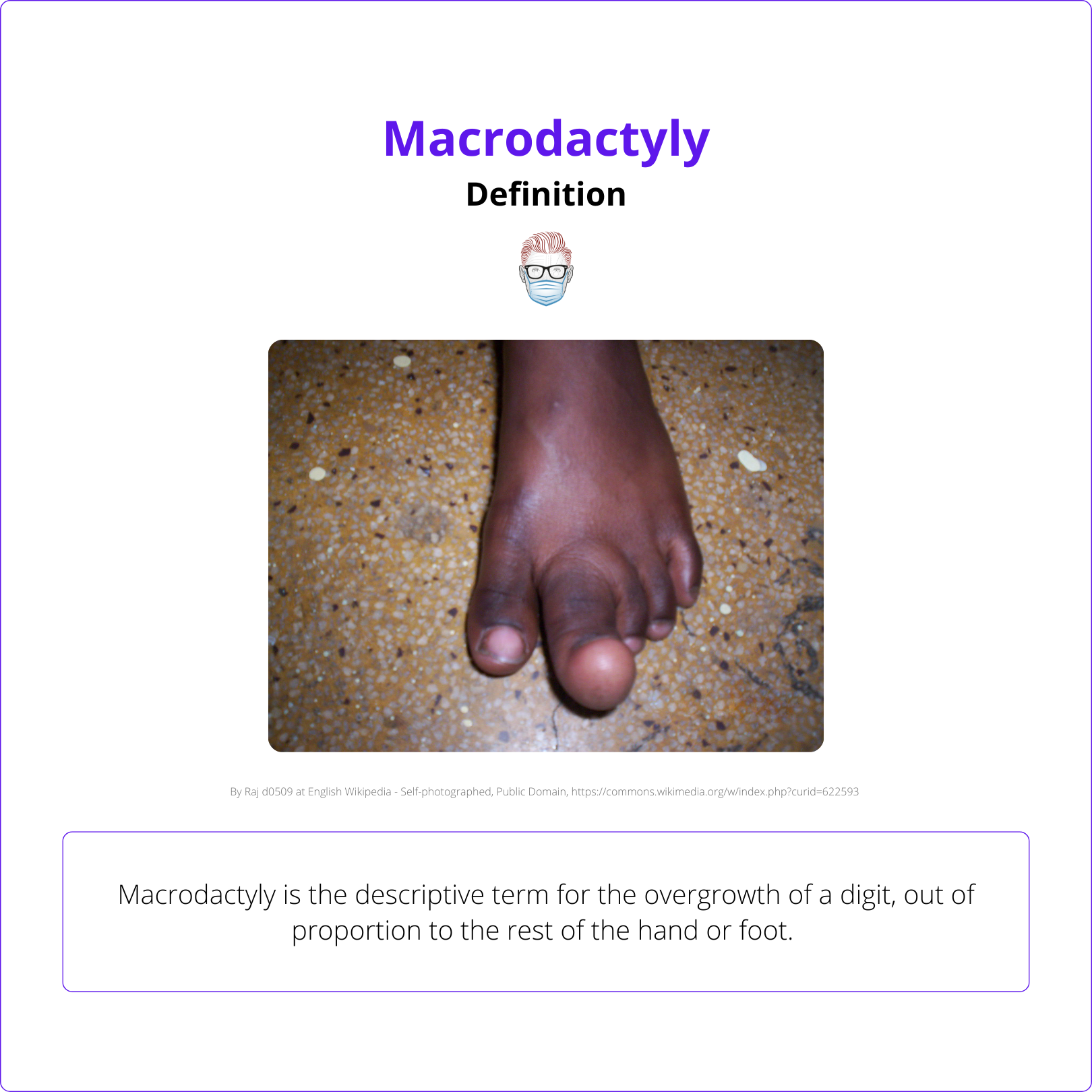In this week's edition
- ✍️ Letter from P'Fella
Top 3 Plastic Surgery Trends (Backed by Data) - 🤓 The Sunday Quiz
How well do you know Fluid Resuscitation in Burns? - 🎙️ Behind the 'Fella
5 Must-Know Surgical Techniques for Plastic Surgeons - 🎓 theFellow's Corner
This week's feature: Macrodactyly. - 📖 What Does the Evidence Say
What is the best fluid resus in burns? - 🔥 Articles of the Week
Split-thickness skin graft donor-sites, burn debridement, & a fluid resuscitation formula: 3 articles with 1 sentence summaries. - 💕 Feedback
Suggest ideas & give feedback!
A Letter from P'Fella
Top 3 Plastic Surgery Trends (Backed by Data)
As we move further into 2023, I wanted to highlight some key trends from the latest ASPS Procedural Statistics that are shaping the future of plastic surgery.
These insights reflect evolving patient preferences and procedural growth that are worth paying attention to 👇
1. Facial Procedures Are on the Rise
Facelifts have seen an impressive 8% increase, signaling a growing interest in facial rejuvenation. Likewise, eyelid surgery and rhinoplasty are up by 5% and 6% respectively. Patients seem to be seeking procedures that deliver noticeable improvements while minimizing downtime—many opting for local anesthesia and less invasive methods.
2. Body Contouring Continues to Surge
Liposuction remains the most in-demand procedure, with a 7% rise this year. Patients are increasingly looking to address areas resistant to diet and exercise, particularly in the wake of pandemic weight changes. Additionally, tummy tucks have risen by 5%, highlighting the growing interest in transformative procedures that refine and contour the body.

3. Minimally Invasive Treatments Are the Preferred Choice
With Botox and dermal fillers up by 6% and 4%, respectively, it’s clear that patients are opting for non-surgical solutions that offer quick results with minimal recovery time. The continued rise in minimally invasive procedures reflects a strong demand for effective, time-efficient aesthetic treatments.
These trends aren’t just numbers—they’re insights into the future of our field
Lot of Love,
P'Fella ❤️
The Sunday Quiz
How Well Do You Know Fluid Resuscitation in Burns?
Welcome to the next round of The Weekly Quiz.
Each edition of thePlasticsPaper includes a quiz question designed to challenge and engage our readers. Keep your wits about you and join in every week — the winner at the end of six rounds will earn you a $100 voucher.
Behind the ‘Fella
5 Must-Know Surgical Techniques for Plastic Surgeons
Tune into our podcast for exclusive team meetings where we uncover behind-the-scenes details of the platform and discuss hot topics in plastic surgery with our fellows.
Check out the latest episode where we discuss essential techniques and skills required in plastic surgery including wound management, suturing, flap surgery, and advanced techniques like hemostasis and negative pressure wound therapy.
You can subscribe on Spotify & Apple.
Snippet from Episode
the Fellows' Corner
This Week's Focus: Macrodactyly
In case you've missed out, here's a reminder to check out our fresh articles, clinical cases, and surgical techniques.
Read below for an overview of our article on Macrodactyly.

Macrodactyly
Definition
Macrodactyly is the term for the overgrowth of a digit, out of proportion to the rest of the hand or foot.
Clinical Features
Macrodactyly results in overgrowth of the entire digit(s) out of proportion with the rest of the hand or foot.
Investigations
X-rays, MRI, and gene analysis may be offered as part of the diagnostic process.
Management
Surgical management aims to stop overgrowth and debulk the digit. Addressing the nerve is important in reducing recurrence.
What Does the Evidence Say?
Optimal Fluid Resuscitation in Burns
Articles of the Week
3 Interesting Articles with 1 Sentence Summaries
Explore the variability in donor-site outcomes, such as healing time, pain, and scarring while highlighting the need for standardized outcome measures and innovations to reduce donor-site morbidities.
Analysis of various burn wound debridement techniques — both surgical and nonsurgical — found no conclusive evidence to recommend one method over another in terms of efficiency and safety.
The WHO Technical Working Group on Burns proposed a fluid resuscitation formula for mass casualty burn incidents, recommending an initial rate of 100 mL/kg/24 h for burns over 20% TBSA.


